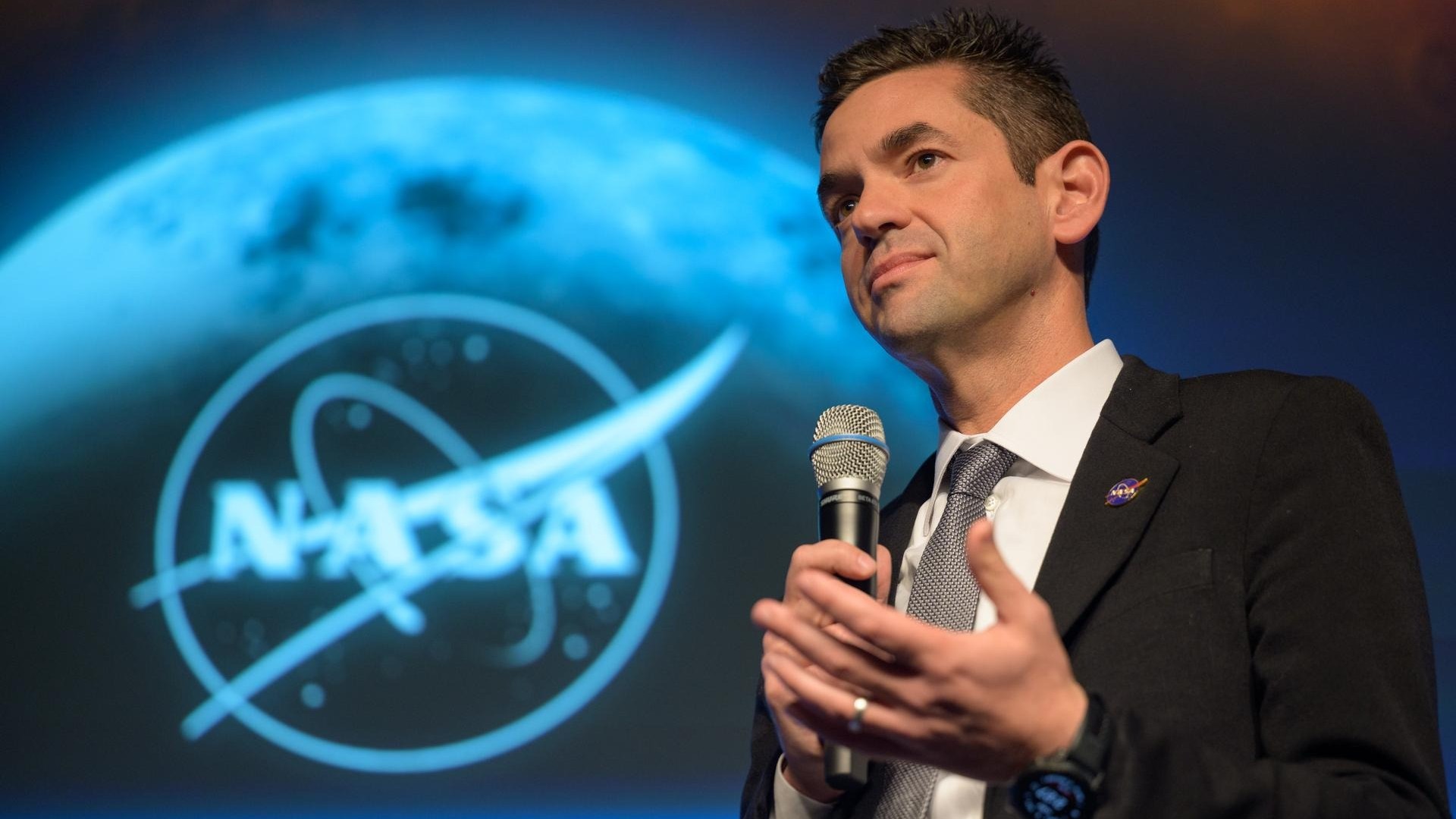ExoAnalytic Video Shows Telkom-1 Satellite Erupting Debris
WASHINGTON — Ground-based observations of PT Telkom's 18-year old Telkom-1 satellite show a large cloud of debris generated the night the satellite lost contact with customers across Indonesia.
ExoAnalytic Solutions, a commercial space-situational-awareness company that employs a network of telescopes to track satellites and other orbital objects, recorded the event Aug. 25. That was the same day Indonesian satellite operator PT Telkom says Telkom-1 experienced its antenna problem.
"There were definitely several larger pieces that we can track individually," Doug Hendrix, ExoAnalytic Solutions CEO, told SpaceNews. "The question is: was there a cloud of very small pieces, too? That is what we are trying to figure out." [The Worst Space Debris Events of All Time]
ExoAnalytic Solutions uses a network of more than 160 optical telescopes to monitor the geostationary arc, a 36,000 kilometer-high belt around the Earth where most telecommunications satellites reside. Those telescopes can detect objects down to 0.4 meters in size, Hendrix said, and with post-processing, down to 10 centimeters.
Hendrix said ExoAnalytic Solutions will need to perform additional observations, but preliminary data shows Telkom-1 did not collide with another object. The damage to the satellite appears severe, however.
"As we analyze data from after the incident over several nights, we may be able to determine if the satellite still has the solar panels attached," he said. "Our telescope observations indicate that the satellite has been in a fairly fast tumble since the incident."
PT Telkom is offloading Telkom-1 customers to Telkom-2 and Telkom-3S as well an undisclosed number of satellites owned by other operators. Some 15,000 customer antennas — mostly VSATs — were pointed at Telkom-1 when the disruption occurred. PT Telkom is helping its customers repoint their dishes. [7 Wild Ways to Clean Up Space Debris]
Breaking space news, the latest updates on rocket launches, skywatching events and more!
On Aug. 30, the state-owned telco concluded that Telkom-1 could not be salvaged. Prior to the loss of service, Lockheed Martin — which built the satellite on its A2100 flagship spacecraft platform — had estimated Telkom-1 had enough fuel to operate until 2019.
PT Telkom intends to replace Telkom-1 by the middle of next year with the more powerful Telkom-4, which the company ordered in 2015 from Space Systems Loral.
Meanwhile, William Therien, ExoAnalytic Solutions' vice president of engineering, told SpaceNews the company is analyzing higher-resolution video of the Telkom-1 incident to track more pieces. The analysis will continue for several weeks, he said.
"We continue to track Telkom-1 with our telescopes each night. We have high-fidelity orbits on the largest pieces," he said.
Telkom-1 is at least the second debris-creating satellite ExoAnalytic Solutions has tracked in the past three months. In June, its telescope network tracked debris associated with the still-unexplained failure of AMC-9, a 14-year-old communications satellite that fleet operator SES was using to serve North America.
A minimum of four aging geostationary satellites have unexpectedly malfunctioned this summer. In addition to Telkom-1 and AMC-9, the 20-year-old EchoStar-3 failed in late July — right around the same time another SES satellite, the 19-year-old NSS-806, lost roughly a third of its transponders to an unexplained glitch.
This story was provided by SpaceNews, dedicated to covering all aspects of the space industry.
Caleb Henry is a senior analyst for Quilty Analytics and a former staff writer for the space industry publication SpaceNews. From 2016 to 2020, Caleb covered the global satellite industry for SpaceNews, chronicling everything from launches, spacecraft manufacturing and ground infrastructure. Caleb's work has also appeared in NewSpace Global and Access Intelligence. He earned a bachelor's degree in political science with a minor in astronomy from Grove City College.

